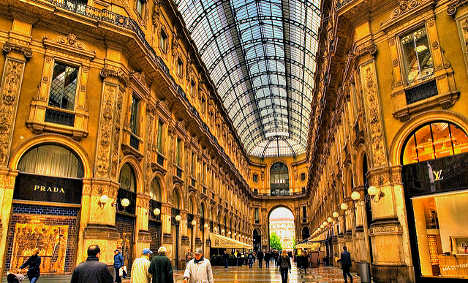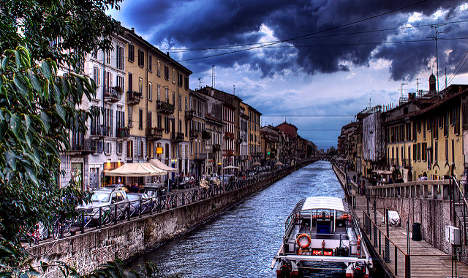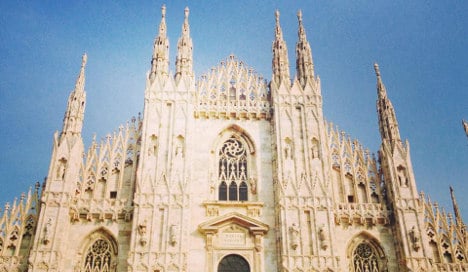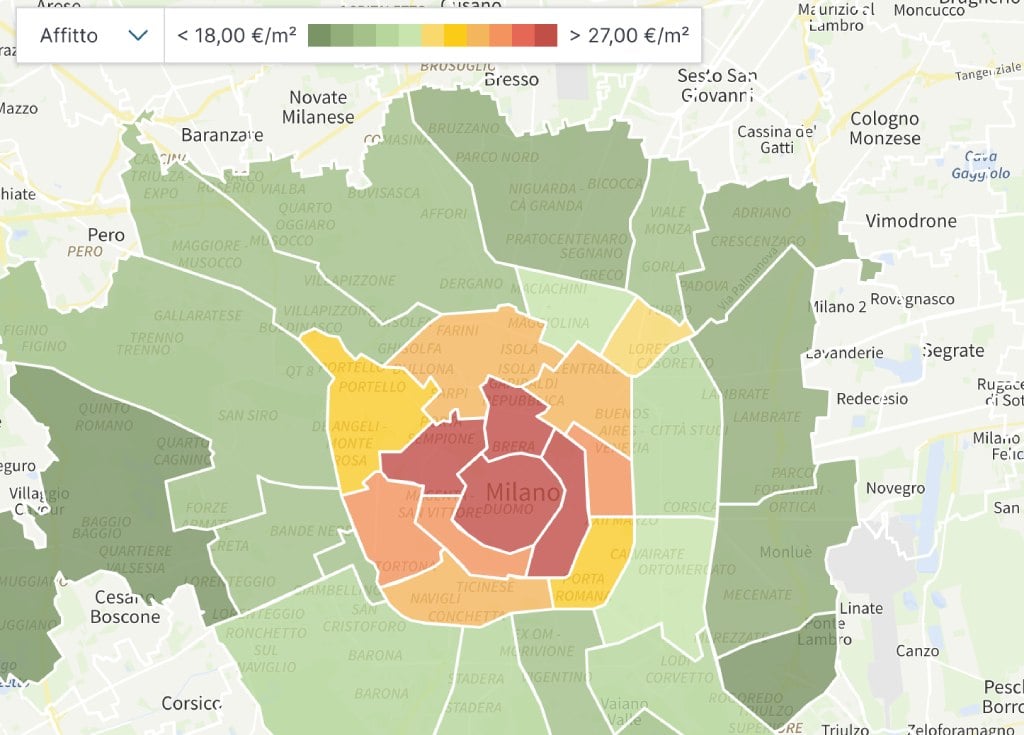“With Brexit, we want to bring a piece of London’s financial [services] to Milan,” Italy’s Prime Minister Matteo Renzi announced jubilantly last week.
Milan’s recently elected mayor, Giuseppe Sala, was even quicker to flag-up his city’s attributes, saying on the day Britain voted to leave the EU that the outcome “could be an opportunity for Milan”.
The Lombardy city, already Italy’s financial and start-up hub, could become “a land of opportunity”, he added.
“We would need to find ways to facilitate such a relocation, which would bring jobs, prestige and even greater visibility to our city.”
One of those ways could be to create a tax-free zone in the area of the city where the World Expo exhibition was held last year. It’s an idea that formed part of Sala’s election campaign and was given fresh impetus by the Brexit vote.

Photo: Angel/Flickr
It’s not just the banks Italy wants. Long before the UK’s referendum on June 23rd, Renzi was hatching a plan to snare two EU agencies – the European Medicines Agency (EMA) and the European Banking Authority (EBA) – away from London and resettle them in Milan.
Amid all the gloomy statistics on Italy’s economy, it seems to pass unnoticed that the country’s pharmaceutical industry is the second largest in Europe in terms of production, while Italy is the world’s number one exporter of medicines per capita.
“'Made in Italy' is not just limited to Gucci and Prada,” Luca Pani, who heads up Italy’s drugs agency (Aifa), told the online pharmaceutical sector news site, Farmacia33, a day before the UK's vote.
“We boast an incredibly high quality of pharmaceutical products.”
But can Milan compete with the other European cities, namely Paris, Frankfurt, Dublin, Madrid and Amsterdam, which have also pitched themselves as viable contenders to London?
Indeed, the industrious northern city is best known for its fashion designers, but it is also home to the stock exchange, an abundance of company headquarters and the prestigious Bocconi university – the highest ranked university for economics in Europe outside of the UK.

Milan's Naviglio Grande canal. Photo: Paolo Margari/Flickr
Then there’s the flourishing start-up scene, which was given some additional vigour as the city spruced itself up ahead of hosting the Expo last year. Incidentally, the Expo helped earn Milan the number one spot in The New York Times’ list of 52 ‘best places to visit’ in 2015.
With over 800 start-ups now based there, Milan came 10th in a ranking last year of the 15 most welcoming European cities for their start-up ecosystem.
The city is also home to some great restaurants, the La Scala opera house, a dazzling Gothic cathedral, all the while being on the doorstep of Italy’s lake district.
For Milan’s Chamber of Commerce, the city must embrace the opportunity to make the most out of Brexit.
“The challenge is useful and strategic because it engages the system of Milan, the region and the national government to strive for ever higher levels of excellence,” the chamber’s president, Carlo Sangalli, said in a statement sent to The Local.
“In particular, the [potential] transfer of the two EU agencies, and more generally, the presence of multinationals which [might] leave the English capital, could represent a great opportunity for our area.”
The idea of creating a tax-free zone bodes well for the city’s future, which could also be beneficial for small and medium-sized companies, especially those in the service sector, Sangalli added.
“It will make the exhibition site increasingly attractive, thus avoiding the risk of it becoming isolated from the rest of the city.”
But while Milan might be attractive for some Italy-related operations in London, “dealmakers generally want to be where the action is,” Carmello Brunetta, an Italian trader who lived in London for a decade, told The Local.
“So I suspect that just as now, most business will be concentrated in the main financial centres, probably Frankfurt and Paris, if Brexit does come about.”
But will either of those be as appealing in terms of lifestyle?
For Pietro Piccinetti, the CEO of Fiera di Roma, an events management company, another Italian city should throw its name in the hat: Rome.
“If Italy plays the game well, Brexit could bring good opportunities for our country, Milan and Rome – two cities which have an affinity with London,” he told The Local.
“Milan could become a centre of the global financial landscape, while Rome, which has the highest concentration of pharmaceutical companies [in Italy], must also fight with conviction to host the EMA and EBA.”
The move could also help reverse the ‘brain drain’, Piccinetti added. Over the last decade or so, thousands of young Italians have fled to London for work.
“It could finally make Italy a popular destination, rich in opportunities and stimulating, not just a colourful holiday destination.”





 Please whitelist us to continue reading.
Please whitelist us to continue reading.
Member comments